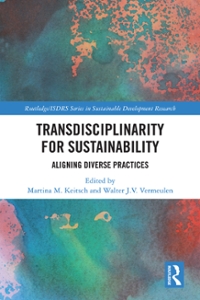Question
3. Consider a two-period, small open economy with production. It consists of many identical households. The population size of the economy is normalized to one.
3. Consider a two-period, small open economy with production. It consists of many identical households. The population size of the economy is normalized to one. Each household can trade in the world bond market, taking the interest rate on the one-period, real bonds, r w, as given. Assume that r w < rA. Each household has no initial bond holding, B1 = 0, is endowed with K1 units of capital goods in period 1, and faces a production technology Yt = AtF(Kt). In period t, the output level Yt depends on the input of capital goods, Kt , and the productivity parameter, At , where At > 0, F0 (Kt) > 0, and F 00(Kt) < 0. The household can convert one unit of period-1 consumption good into 1 unit of period-2 capital good. The depreciation rate of capital is assumed to be zero so that a unit of period-t capital good can be consumed in period t after the production. The representative household's preferences are given by the utility function, U (C1, C2) = u(C1) + u(C2), where 0 < < 1, u0 (Ct) > 0, and u 00(Ct) < 0, where Ct is the consumption in period t, t = 1, 2, and is the subjective discount factor. The objective of the household is to maximize its lifetime utility by choosing the consumption in each period, (or equivalently, holding B2 units of the real bonds and K2 units of capital goods at the beginning of period 2), taking K1, A1, A2, and r as given.
(a) Use a graph with the production possibilities frontier (PPF) to identify the representative household's optimal levels of C1, C2, and K2 in a closed economy, and illustrate how the equilibrium autarky interest rate r A is determined.
(b) Consider now that the economy can trade in the world bond market with the real interest rate r w, where r w < rA. i. How will the opportunity to trade in the world bond market affect the equilibrium values of S1 and I1? Will the economy run a current account surplus in period 1? What are the economic reasons?
ii. Discuss and explain the impacts on the equilibrium output levels, Y1 and Y2, and economic welfare (lifetime utility) of the representative household.
(c) Suppose now that a natural disaster has damaged the capital stock of the small open economy in period 1, K1 falls. Assume that r w remains constant. i. How will a decrease in K1 affect the equilibrium values of S1, I1, and CA1? What are the economic reasons? (3 marks) ii. Discuss and explain the impacts on the equilibrium output levels, Y1 and Y2, and economic welfare (lifetime utility) of the representative household.
Please help to slove this as is an assignment question
Step by Step Solution
There are 3 Steps involved in it
Step: 1

Get Instant Access to Expert-Tailored Solutions
See step-by-step solutions with expert insights and AI powered tools for academic success
Step: 2

Step: 3

Ace Your Homework with AI
Get the answers you need in no time with our AI-driven, step-by-step assistance
Get Started


